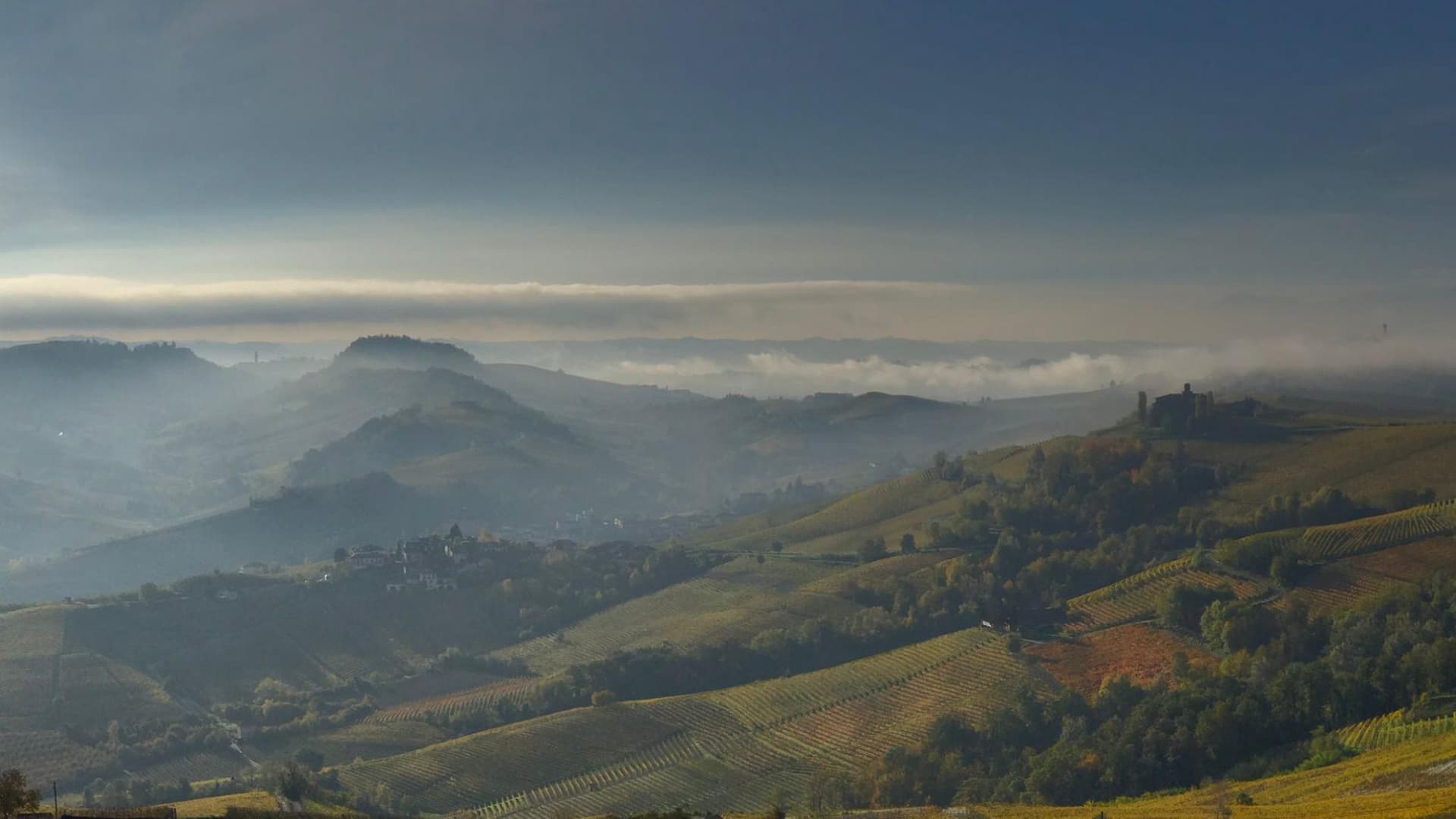



Montà d'Alba
The passage already in Roman times of an important road that went up the slope (the mounted mud, risen from the mud) and period finds document a remote interest in the area.
The formation of the "Villa" the original small town with bell tower and parish; while in the surroundings yes other settlements are forming (Morinaldo, Desaia, Laione, Turriglie, Tuerdo) with the church cemetery and its territory. Everything changes to mid-200, when the Municipality of Asti, decided to annihilate the opponents (the Biandrate accounts) for keeping trade routes open is upsetting the entire area. In 1257 the decentralized settlements cited are totally or partially destroyed or depopulated: the inhabitants are forced to merge in the "villanova", which spreads out like a fan from the ancient villa and into which they also converge exiles of Anterisio who have not thought of move to the "villanova" of the nearby Canale.
In 1363 the fief of Montà was bought by the Counts Roero, who in 1441 sold it to the Malabaila of Asti, for extinction of which it reaches the end of the 1500s to the Isnardi di Sanfré, therefore at the end of '600 to the Parella di San Martino, then to the Wilcardel, and for half, to the Falletti di Barolo.
The town suffered several times from wars, but the most serious episode occurred on 7 July 1691, when five thousand soldiers of the general
French Catinat reached the country and for retaliation they looted and burned all houses

Santuario dei Piloni
The Sanctuary of the Pylons, dedicated to Saints James and Filippo, is the smallest and most famous Sacro Monte del Roero.
Located on the top of the Val Diana it enjoys a breathtaking view over all the hills of the Roero up to to the first mountains of Lombardy.
The church of the Sanctuary rests its foundations on the remains of a pagan temple dedicated to the Goddess Diana, goddess of hunting and war, built in Roman era, from which the large one takes its name valley that surrounds Sacro Monte, famous for the production of the Alba White Truffle.
The thirteen chapels that make up the via crucis were built by the inhabitants of Montà in different eras as ex voto.

Le Rocche del Roero
From myth to history
The Rocche del Roero are a particular one geological conformation that in the legend sees Beelzebub as the protagonist. It is said that some castellans and feudal lords of the lands between the Tanaro and Stura rivers, wanting to escape power tyrants, had decided to build one stronghold. To make it unassailable it was necessary reshape the ground and raise it suddenly Beelzebub emerged from the waters of the Tanaro, which with a huge basket and spade dug all night, thus creating the Rocche del Roero.
In truth this geological conformation was born about 250,000 years ago thanks to the erosion of waters. The "capture" of the Tanaro river was serious upheavals in the flowing valleys. So i waterways of the Roero retreated towards the new one Tanaro valley creating these wonderful overhangs up to hundreds of meters high.

Alba
The city of a hundred towers
Alba is a small town located in the area of the Bassa Langa, a village steeped in history a starting from the Roman era where, with Pollenzo, it was one of the most important municipiums of Piedmont.
Alba is also known as the city of a hundred medieval towers were an excellent defense against the enemies, today only two remain in the historic center
After having delighted your palate, we have also thought about relaxing by walking through the vineyards in an area surrounded by nature where you can enjoy the scents and silence of our valleys while enjoying an excellent glass of wine.

Fabio Marchisio
Founder

Luca Morselli
Founder









































